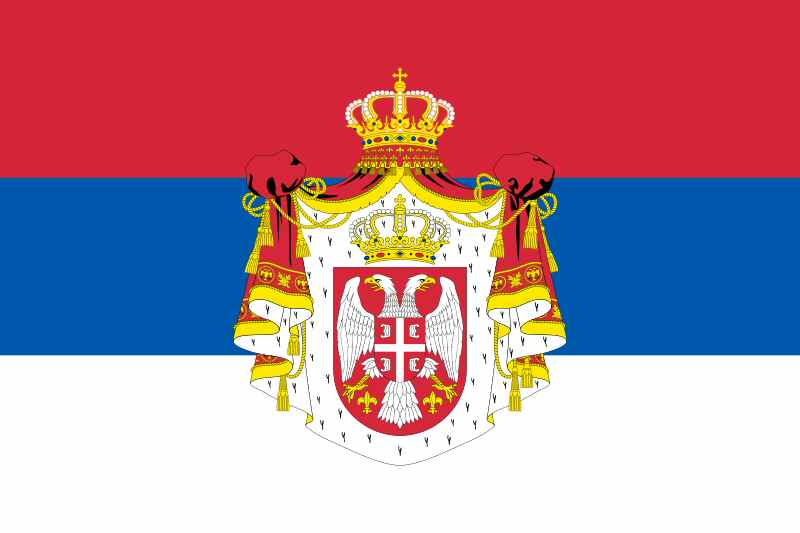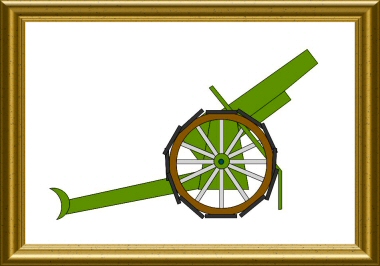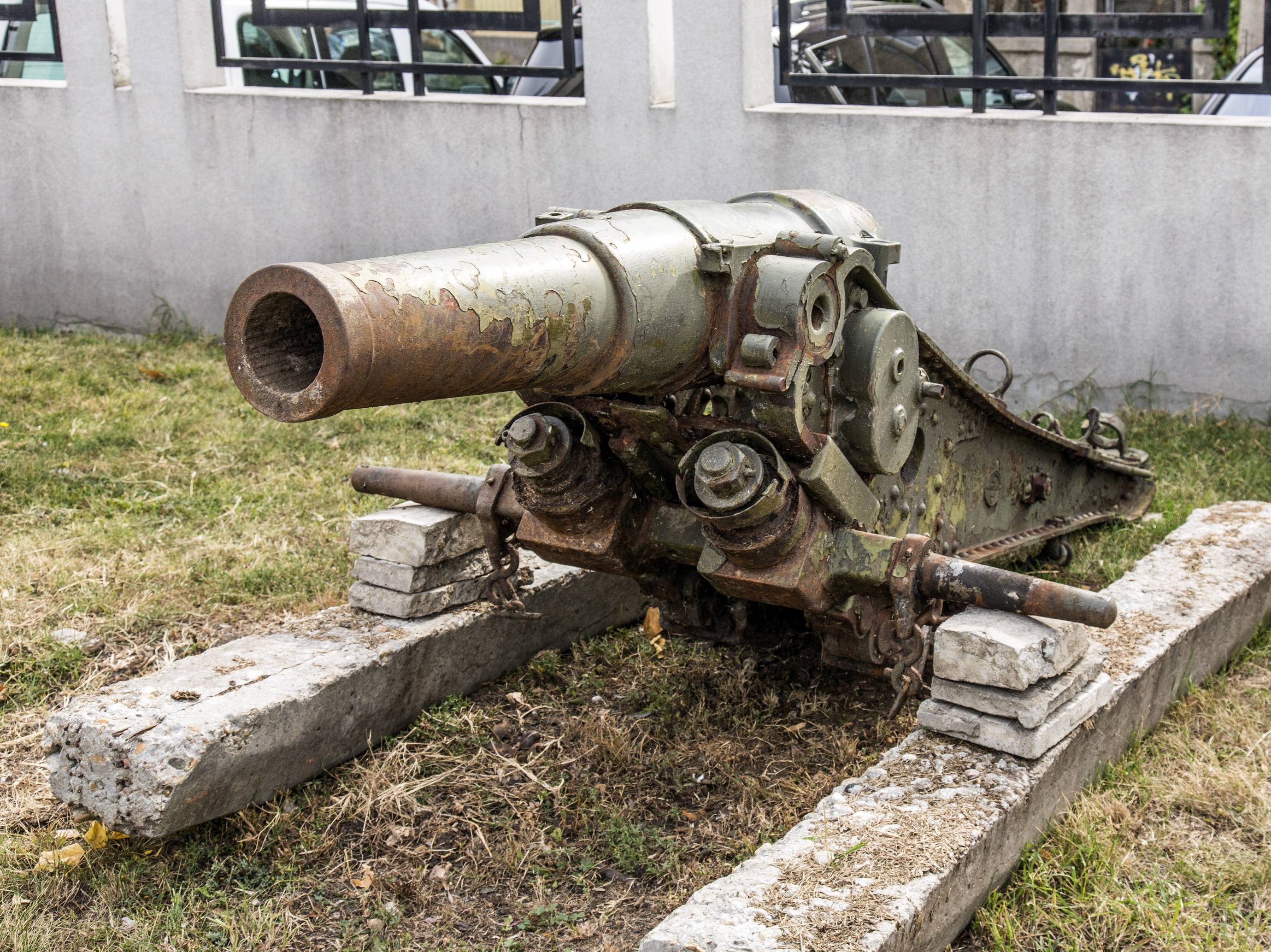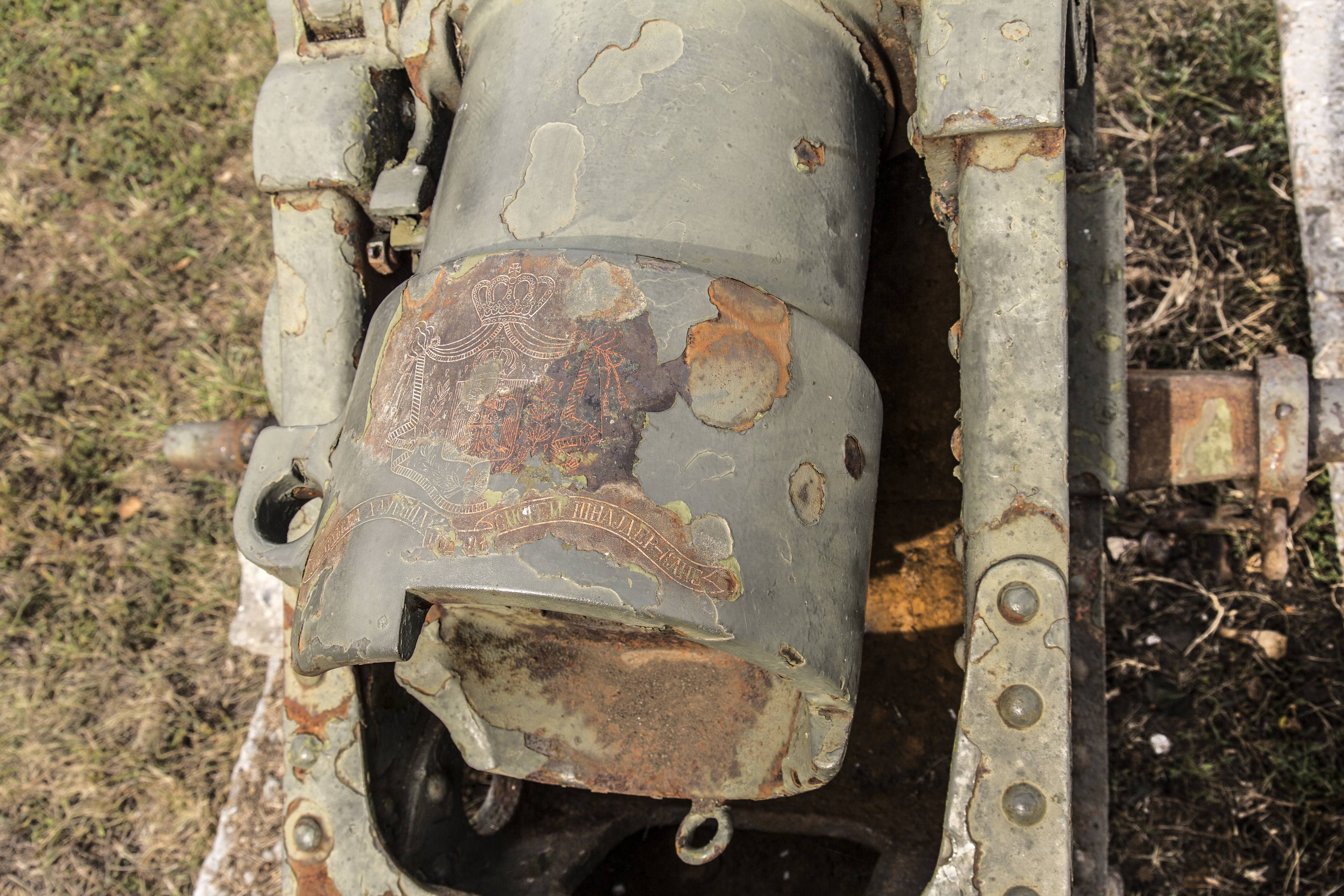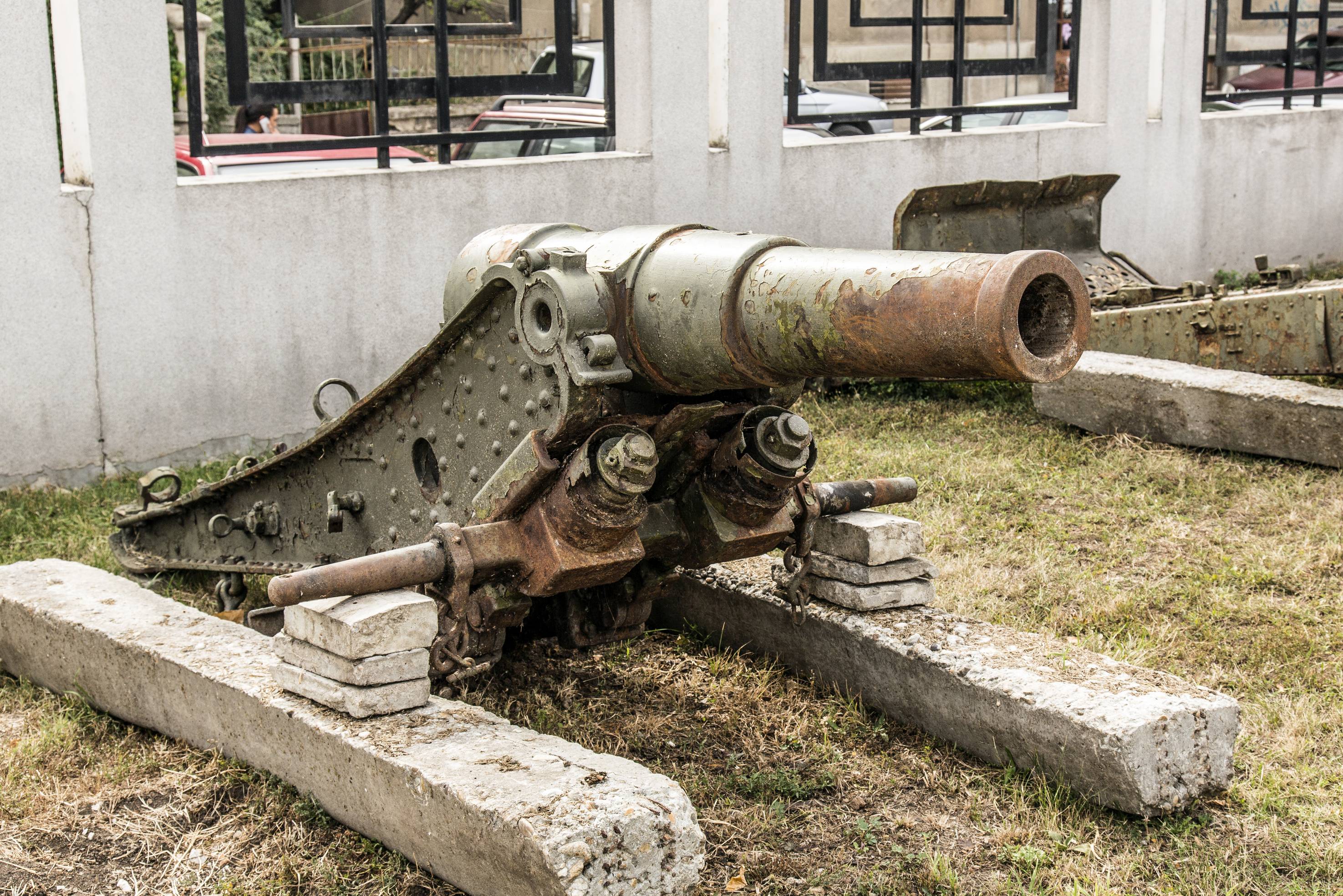|
Contributor :
|
Location :
Bulgaria
Sofia
Military Museum
Coordinates :
Lat : 42.68890 / Long : 23.35040
|
General comments on this surviving gun :
Identical items in the same location :
1
Items covered by this file :
1
|
|
Historic context :
In 1897, guided by their ambition to become a leader in the weapons markets, the Etablissements Schneider du Creusot acquired the Ateliers d'Artillerie du Havre earlier built by the Société des Forges et Chantiers de la Méditérannée in 1881. This operation also allowed us to integrate the talented Central School engineer Gustave Canet, author of a remarkable paper on the hydraulic recoil brake systems, and designer of several artillery guns, mainly in the naval field. After that acquisition, the guns and howitzers made in the Le havre shops kept the name 'Schneider-Canet' for many years.
Among the very first weapons manufactured by that new association was a 120 mm light siege howitzer designed mainly by that engineer and chosen by Serbia for its army. This 'Obusier court de 120 mm Schneider Canet Mle 1897' was of the 'accelerated fire' type, with a breech (interrupted screw type) loading system, and a partial recoil recuperation system. This latter was based on association between several elements including the two spring cylinders, and a retractable massive wood and steel base located under the axle and linked with chains and rubber buffers to the trail and with spiral springs to the axle.
More than 50 such howitzers seem to have been bought (some sources mention a 24 pieces order) and modernised in 1905-1906 for the use of smokeless powder, but approximatively 50% of them only were still available in 1914 as a result of the Balkanic wars heavy losses and the replacement of these obsolete weapons by more modern Schneider 120 mm M1910 (Nr6) howitzers. Indeed, following this first test, Schneider developped in the following years other 120 mm howitzers numbered 'O.C.' Nr2 to Nr6, gradually integrating the quick technological developments of this period, and used by France, Belgium, Bulgaria and Serbia
|
Technical data :
- Complete description : 150 mm short howitzer M 1897 Schneider-Canet
- Design year : 1897
- Calibre : 120.00 mm
- Weight in firing position : 1368 kg
- Weight for transportation : 2230 kg
- Tube length in calibres : 12.00
- Grooves : 30 to the right, variable angle from 3 to 6 degrees
- Projectile weight : 16.4 kg (explosif et shrapnell)
- Initial speed : 315 m/s
- Fire rate :
- Range : 6000 m (high explosive) - 4500 m (shrapnel)
- Elevation range : -5 to +45 degrees
- Direction range : 4 degrees total range
|
